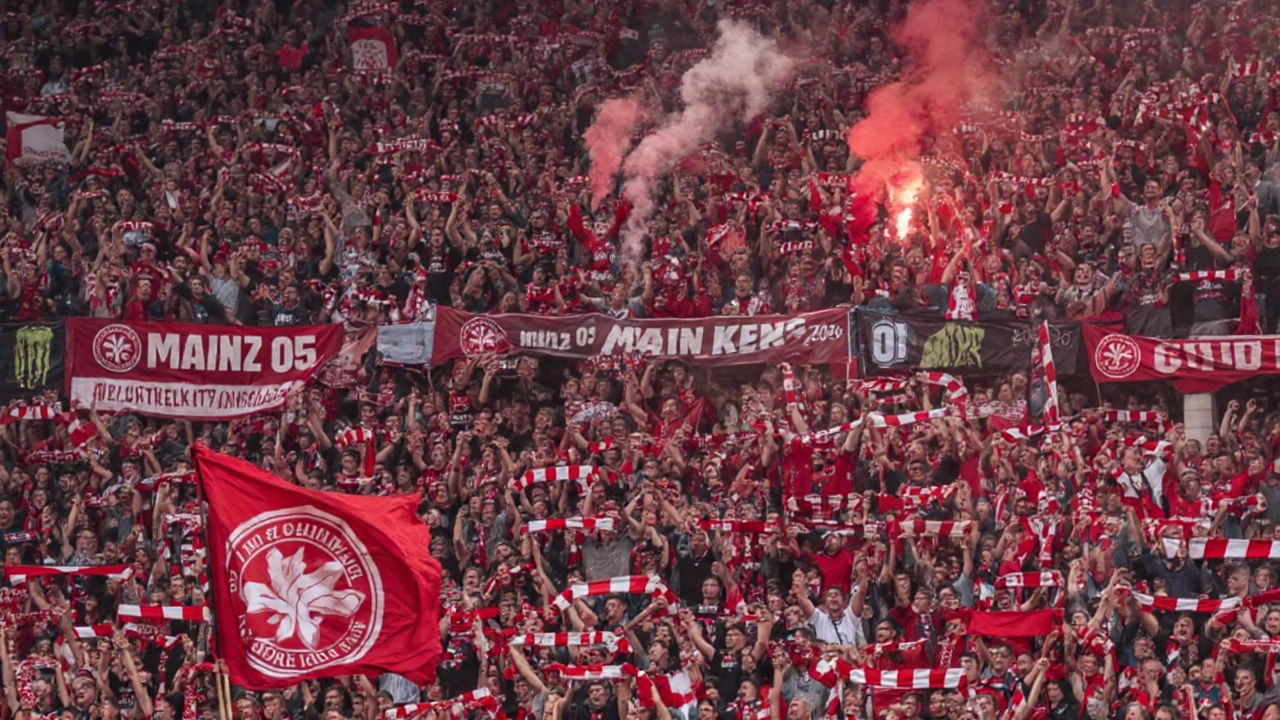Financial Sustainability: Real Tips for Communities and Small Businesses
Ever wonder why some villages keep growing while others stall? The secret often lies in financial sustainability – the ability to generate and manage money so the community can fund its own needs long‑term. Below we break down the idea, share a few local success stories, and give you clear actions you can start using today.
Why financial sustainability matters
When a community can cover its own expenses, it reduces reliance on outside aid and builds confidence in its future. A financially stable village can maintain schools, fix roads, and support local markets without waiting for a grant that might never arrive. For small businesses, the payoff is similar: cash flow stability means you can hire staff, invest in better tools, and survive rainy‑day sales slumps.
A recent example from Nigeria shows the impact of a focused plan. The government launched a free registration scheme for 250,000 micro‑small and medium enterprises (MSMEs). By waiving ₦3 billion in fees and linking firms to grants, training and market access, the program helped entrepreneurs keep more money in their pockets and plan for growth. Those same businesses can now pay taxes, build savings, and contribute to community projects.
Practical steps you can take
1. Map your money sources. List every cash inflow – local taxes, market fees, membership dues, or external donations. Knowing exactly where money comes from makes it easier to spot gaps and opportunities.
2. Build a simple budget. Even a one‑page spreadsheet can show you which expenses are essential and where you might cut waste. Include a line for “reserve funds” – the safety net that will keep services running during lean months.
3. Encourage local entrepreneurship. Support a few small shops, craft stalls or service providers with micro‑loans or training. As these businesses thrive, they pay taxes and create jobs, feeding the community’s fiscal engine.
4. Leverage community assets. Think about land, tourism spots, or cultural events that can generate income. Jordan’s tourism surge in H1 2025, driven by GCC visitors, added 11.9% to revenues. A similar approach – promoting local festivals or heritage tours – can boost earnings without huge investment.
5. Track and celebrate progress. Share simple reports with residents: “We saved X rand this month, upgraded the water pump, and funded a new library shelf.” Transparency builds trust and motivates more people to contribute.
Putting these steps into practice doesn’t require a fancy accountant. Start small: pick one income stream, set a modest savings goal, and watch the numbers grow. Over time, you’ll see the community’s ability to fund its own projects improve dramatically.
Remember, financial sustainability isn’t a one‑time project; it’s a habit. Keep checking your budget, support local businesses, and look for new ways to turn community assets into cash. When the habit sticks, you’ll notice a steadier flow of resources, better services, and a stronger sense of pride in what the village can achieve on its own.

FSV Mainz 05 heads into the 2025‑26 Bundesliga campaign with a +€13.8 million summer balance, fresh faces like Benedict Hollerbach and Sota Kawasaki, and a 3‑4‑2‑1 system under Bo Henriksen. The article breaks down the club’s transfer strategy, early‑season form, injury setbacks and tactical set‑up, highlighting why the team could punch above its weight.
Read More